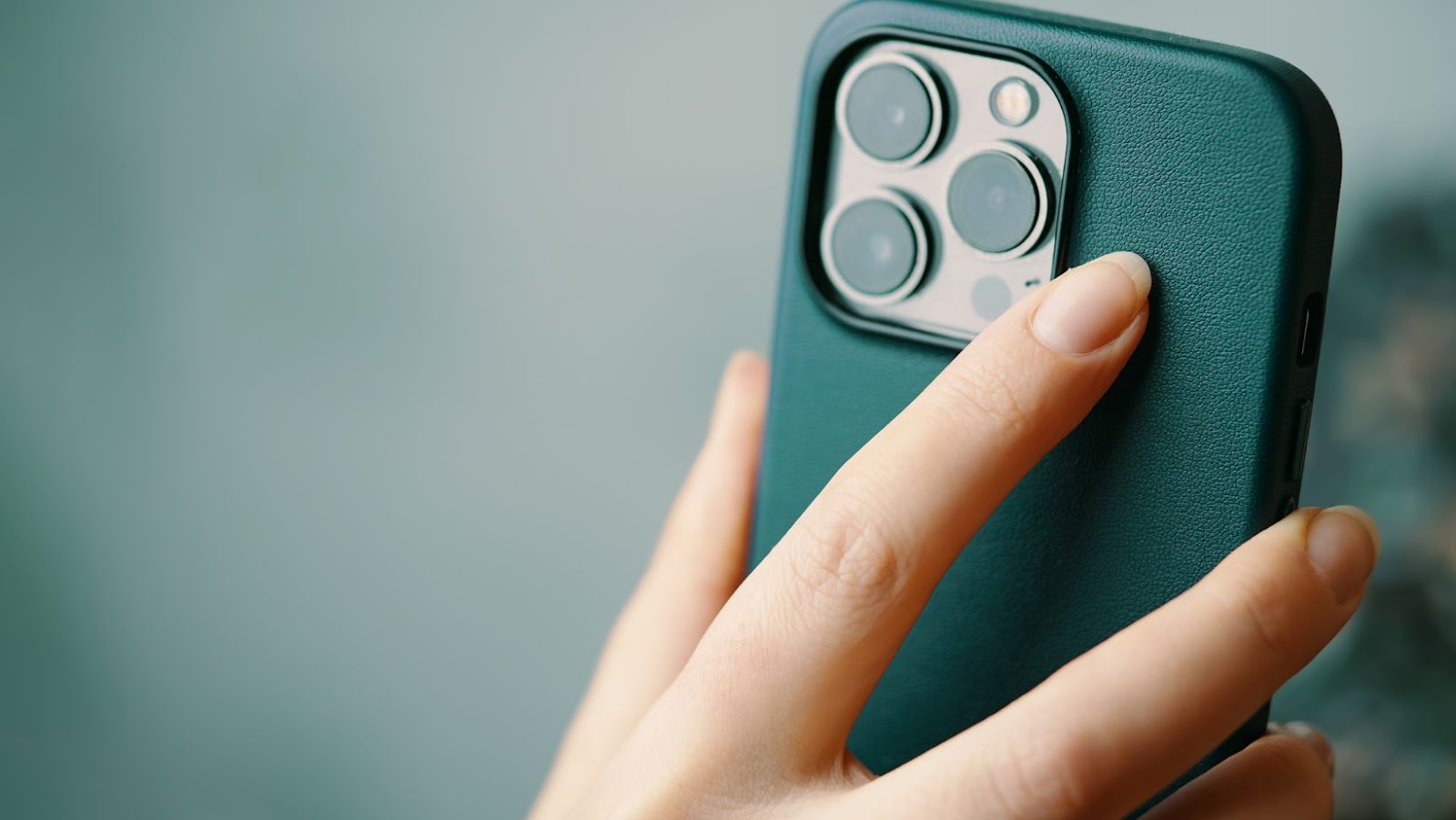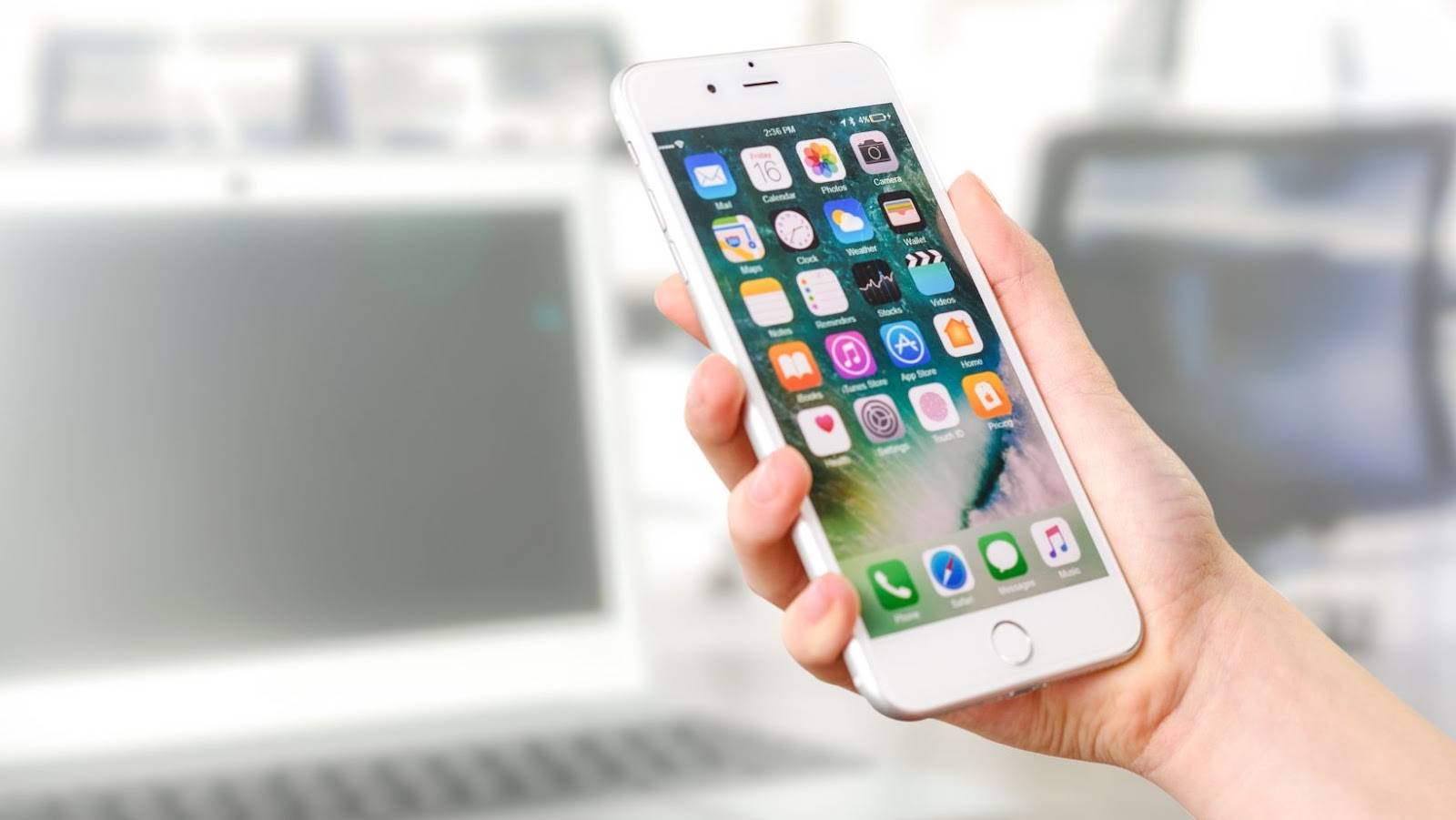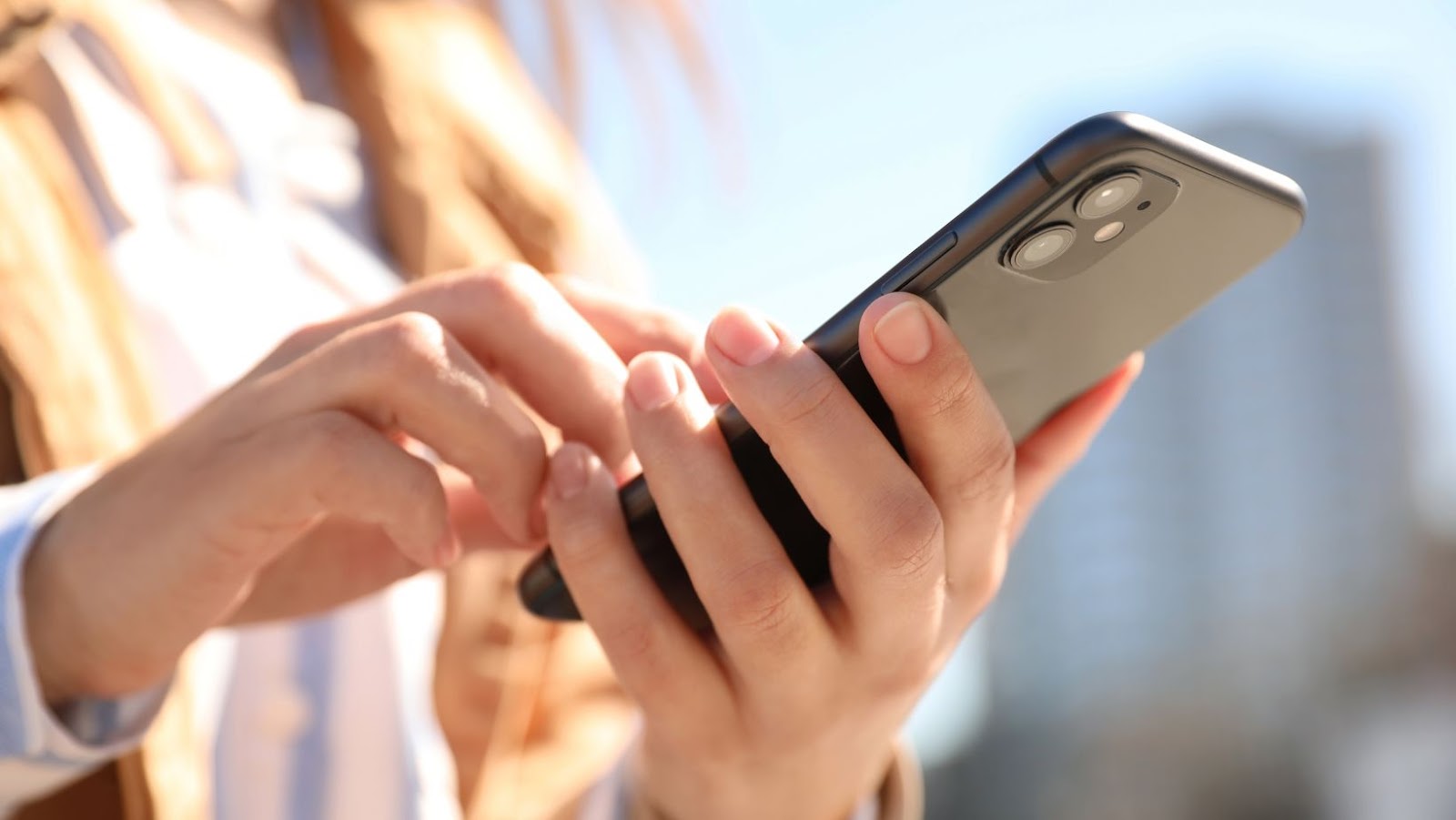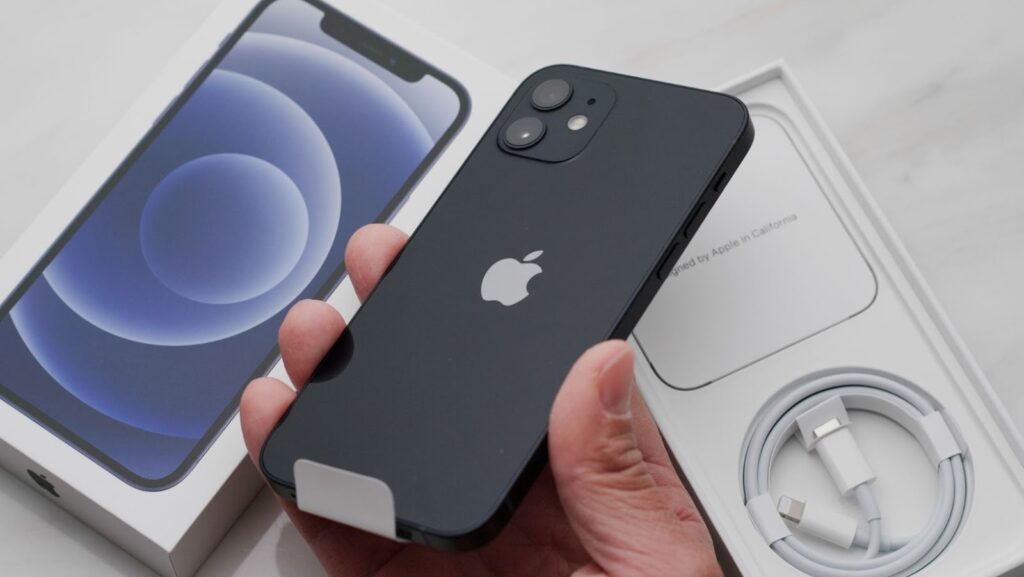Apple is standing by their decision to use the Lightning port over the USB-C port, even as the latter becomes increasingly popular. While many people think switching to USB-C would benefit Apple has multiple reasons to stay with the Lightning port.
In this article, we will look at why Apple is sticking with the Lightning port over the USB-C, and the advantages and disadvantages of doing so.
Overview of Apple’s decision to stick with Lightning port
Apple first introduced its proprietary Lightning port on the iPhone 5 in 2012. Over the years, many expected the tech giant to switch to the USB-C standard that has become widely used on newer Android smartphones. However, Apple recently announced that it plans to keep using its Lightning cable for upcoming iPhone models. This news has reignited the debate over whether USB-C is better than Apple’s Lightning port.
The main reason Apple is sticking with its proprietary Thunderbolt 3 plug and its companion USB-C connector is that it allows Apple to control more of the design process — from conception to customer experience — more closely than they could with a multi-source connector like MicroUSB or USB-C. But, of course, the tradeoff is that users of non-Apple devices need to purchase separate chargers and cables for their iPhones, or use an adapter or third party cable designed for use with a Lightning port.
In addition, budget consumers may feel disappointed that their phones won’t be compatible with low cost accessories like those found at drug stores and discount retailers. Still, Apple believes keeping Lighting as a closed system offers several benefits worth sticking with — including costly investments it’s already made in these components, improved user experience on iPhones and iPods, identical connections between all portable devices in their product lineups, faster data transmission speeds compared to other ports and longer battery life on connected devices due lightning’s lower power needs during charging sessions.
iPhone Sticking With Lightning Port Over USB-C
Apple has been using the Lightning port on its iPhones and iPads for several years, despite the emergence of USB-C as the widely accepted standard. Though many have questioned why Apple continues to stick with Lightning, there are several reasons for their choice.

In this article, we’ll explore why Apple is sticking with Lightning and some of the pros and cons of the decision.
Compatibility with existing devices
Apple is sticking with Lightning over USB-C, to maintain compatibility with existing devices. Lightning was developed to be as interchangeable as possible, allowing customers to easily transition from older Apple products to newer ones. With the growing popularity of USB-C, the company sees little reason to switch away from the existing protocol given that it’s a more efficient connector in terms of size and form factor. For now, Apple is content to stay within its comfort zone and keep using Lightning for its future products.
Also, many of Apple’s current product lines are tied directly into their hardware ecosystem — iPads, AirPods and iPhones all use Lightning connectors and Macs — so it makes sense that they would want to keep these product families unified in how they maintain device compatibility. Finally, while some customers may wish for a switch to USB-C or another type of connection port altogether, it’s highly unlikely that this will happen anytime soon due to the extensive interconnectivity efforts Apple has already put into their Lightning line.
Cost-effectiveness
One of the key reasons Apple is sticking with Lightning over USB-C is its cost-effectiveness. Compared to the new USB-C connector, which requires additional authentication chips and re-certification for Made for iPhone/iPad (MFi) accessories every time Apple releases a new iOS device, Lightning costs much less and is more financially viable for Apple as well as third-party accessory makers. Additionally, since Lighting has a much smaller form factor and can be manufactured more easily than USB-C, it offers a cost advantage over its larger competitors.
Furthermore, product cycles are shorter than ever before – Apple releases new iPhones every fall and has started rolling out new iPads on the same yearly schedule. With such a tight cycle timespan, constantly updating authentication chips or authentication systems can be incredibly costly; consequently, using a technology requiring fewer updates makes more cost sense for both Apple and any accessory makers looking to use their products.
Ease of use
Apple is notorious for their commitment to innovation, reflected in its product design. The company has long chosen form over function regarding charger types and ports, and the decision to stick with Lightning instead of USB-C is no exception.

The primary benefit of sticking with Lightning is ease of use. For example, when compared to USB-C ports, Lightning ports are smaller and easier to use — especially for people with difficulty manipulating small objects or vision impairments. Additionally, Lightning connectors are reversible, meaning you don’t need to worry about plugging them correctly — which often isn’t possible with USB-C cables.
Furthermore, Apple’s proprietary Lightning cables are generally more reliable than other chargers — though they can break if bent too frequently or treated too roughly. In addition, the company has made it easy for manufacturers to produce accessories that use the port thanks to their Made-For-iPhone (MFi) program — this includes wireless chargers and everything from flash drives to docks.
Ultimately, Apple isn’t likely going anywhere anytime soon when it comes to favoriting the lightning charger over other types of connectors and ports – but only time will tell if future products from them will eventually adopt something else like USB C or another type of port/connector.
Advantages of Sticking With Lightning Over USB-C
Apple has decided to stick with its Lightning port instead of transitioning to the universal USB-C ports found on many other phones. Although this decision may be seen as controversial, there are notable advantages to sticking with Lightning over USB-C.
For example, Lightning is faster and more reliable, offers increased security, and simplifies manufacturing.
This article will discuss the advantages of sticking with Lightning instead of USB-C for iPhones.
Improved data transfer speeds
Though many newer Apple devices, such as the iPhone 12 series and the iPad Pro, have adopted USB-C, giving users more versatility in charging and data transfer, they still come with connectors that use Lightning technology. The main reasons behind this are improved data transfer speeds and better compatibility between the device and other Apple products.
When using a USB-C port for a data transfer, the maximum speed is about 480 megabits per second (Mbps). On the other hand, Lightning cables can transfer data at a rate of up to 5 gigabits per second (Gbps). In other words, transferring files from an iPhone 12 series or an iPad Pro to a Mac is much faster when you use a Lightning cable than when you use a USB-C one.
Also, since users already own compatible Lighting cables for their iPhones and iPads, Apple has seen no point in removing them in favour of USB-C. Leaving Lightning connectors on devices makes it easier for customers to switch between different generations of iPhones or iPads without worrying about needing different chargers. Therefore Lightning technology offers Apple greater backwards compatibility than USB-C would.
Greater power delivery
Apple is sticking with the lightning port for those who need to charge their device quickly because it offers greater power delivery. The latest Lightning connector version can output up to 2.4A, which is powerful enough to charge multiple device types rapidly. USB-C ports generally offer up to 3 Amps of power output, but very few devices support this capacity and even fewer require it.
The use of Lightning instead of USB-C also offers compatibility with more types of accessories and peripherals. There are plenty of Lightning-compatible headsets, keyboards and various other components on the market today so users can efficiently connect their devices with almost any accessory they need. In addition, many current Apple products already use lightning connectors. By continuing to support the lightning port with their newer models, Apple ensures that users don’t have to purchase new cables or adapters when upgrading their devices while still having access to all compatible accessories. In addition, by sticking with Lightning over USB-C, Apple makes sure its products work together easily regardless of the model used, creating a better user experience overall.
More secure connection
Lightning is a much more secure connection than USB-C, which gives the user more control over their device. In addition, the user can control the connection, meaning there is less room for hackers or malicious software to take advantage of weak spots.

Lightning has better security protocols so that the data transferred between device and computer is safe and encrypted, allowing for greater peace of mind when transferring sensitive information.
In addition, Apple’s proprietary protocol makes it much harder for third-party apps to access your device and install malicious software, meaning you can use your iPhone or iPad confidently.
Disadvantages of Sticking With Lightning Over USB-C
Apple has decided to stick with their Lightning port over the iPhone’s USB-C port. While this decision has been debated, certain drawbacks come with sticking with Lightning.
This article will discuss some disadvantages of using the Lightning port on iPhones instead of switching to the USB-C port.
Limited compatibility with other devices
Using a USB-C connection would increase compatibility when connecting devices to another device, Apple’s choice to remain with Lightning could be seen as limiting users from having access to other useful products related to the Apple user experience.
Using different charging ports can limit the amount of devices an iPod or iPhone user has access too. Lightning can not be used for non-Apple products such as Android phones, Virtual reality gear and gaming rigs, which all require a USB-C connection. Additionally, if you want to use all your audio gear through a single device then using a Lightning port could limit compatibility unless you have additional adapters that might cost more.
Charging speeds are also affected when using lightning over USB-C. If you were using the same charger and cable the charge times would be significantly faster when using USB-C due to the power transfer capabilities. This could cut device charging times by up 50 percent sometimes more depending on what speed of charger and cable one is using. This could come in handy if one needs rapid recharging especially during long trips or when at work or school where time is essential for many tasks demanding quick inputting of data or media files into one’s preferred Apple device such as an iPhone.
Furthermore, having access to higher wattage chargers (upwards of 18W) able to provide Power Delivery over USB-C significantly reduces the amount of time necessary for powering cell phones quicker than utilising chargers with lightning ports that can only reach 5W or so in some cases thus proving time savings is key here with new technology allowing faster charging speeds over USB-C Apple devices may need bringing onboard finally integrating this technology in future releases.
Higher production costs
The primary reason Apple is sticking with Lightning instead of switching over to USB-C is due to the cost of production. Lightning ports are considerably cheaper than USB-C ports. While they may not offer the same level of speed and flexibility, they still provide a reliable connection for Apple products. Additionally, since Apple controls the production and licensing of Lightning components, production costs remain much lower than if they had switched to using an industry standard like USB-C.
However, several other disadvantageous factors are associated with sticking with Lightning rather than switching to USB-C. For example, while most audio and video accessories can be used interchangeably between different device brands when using USB-C ports, that is not necessarily the case with Lightning accessories due to strong product control from Apple themselves. That can lead to more limited choice for consumers who prefer specific hardware from third party manufacturers. Additionally, fewer electronic device manufacturers worldwide use Lightning ports compared to those using USB-C or similar industry standards, leaving fewer options for consumers.
And finally in terms of cost – outfitting an older device with modern technology such as a USB-C port could still require some costly tinkering from a specialist technician compared to just upgrading or buying a whole new device entirely.
Lack of support for newer technologies
Apple’s decision to continue to use the Lightning port limits their ability to capitalise on the advantages of newer technologies like USB-C. By continuing to use Lightning, they cannot take advantage of USB-C’s higher power and faster transfer speeds, as well as its support for new features like DisplayPort Alt mode and Alternate Power Delivery (APD).
Additionally, the need for an extra adapter means that users will have to carry an extra cable with them—which is particularly inconvenient if you’re on the go or running low on battery power. Furthermore, large devices like iPads are prone to damage from careless handling of cords. For example, if a user plugs in their device too hard or tries inserting it into a busy port, it could cause damage that is otherwise avoided if they were using USB-C.
As more devices transition away from using Lightning connectors, fewer compatible wall chargers may be left in the market, meaning users may need multiple cables with different connectors if they want to recharge their devices in different places.

